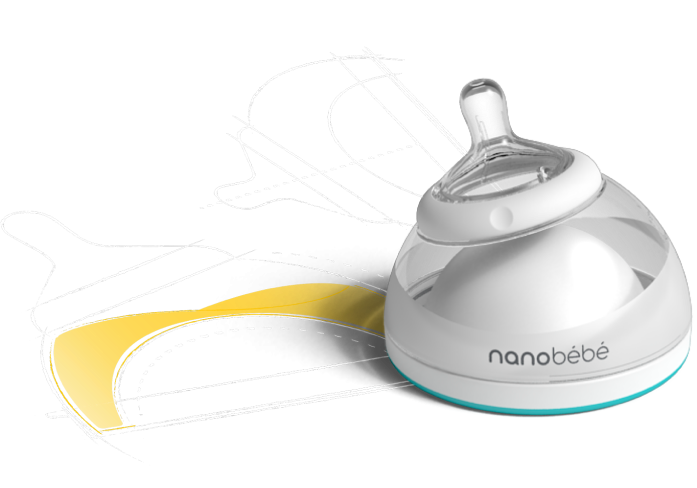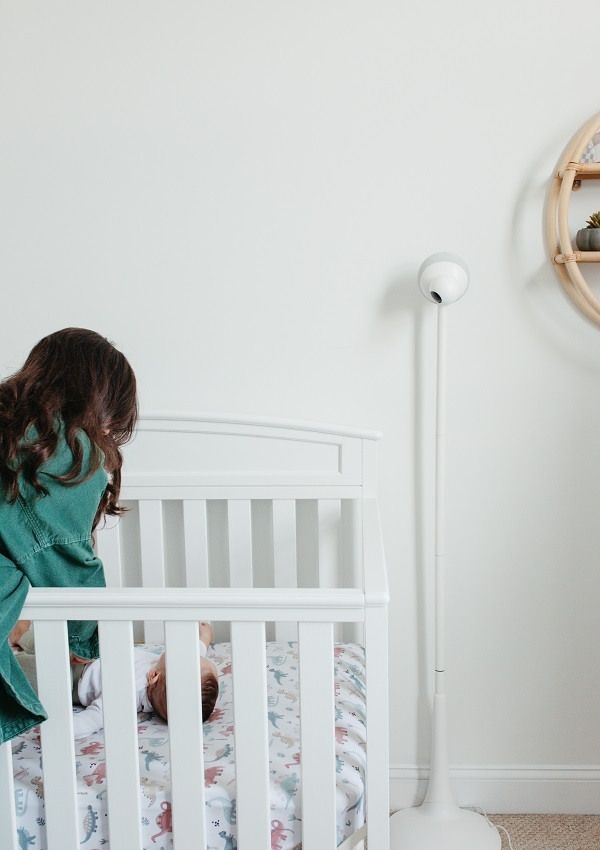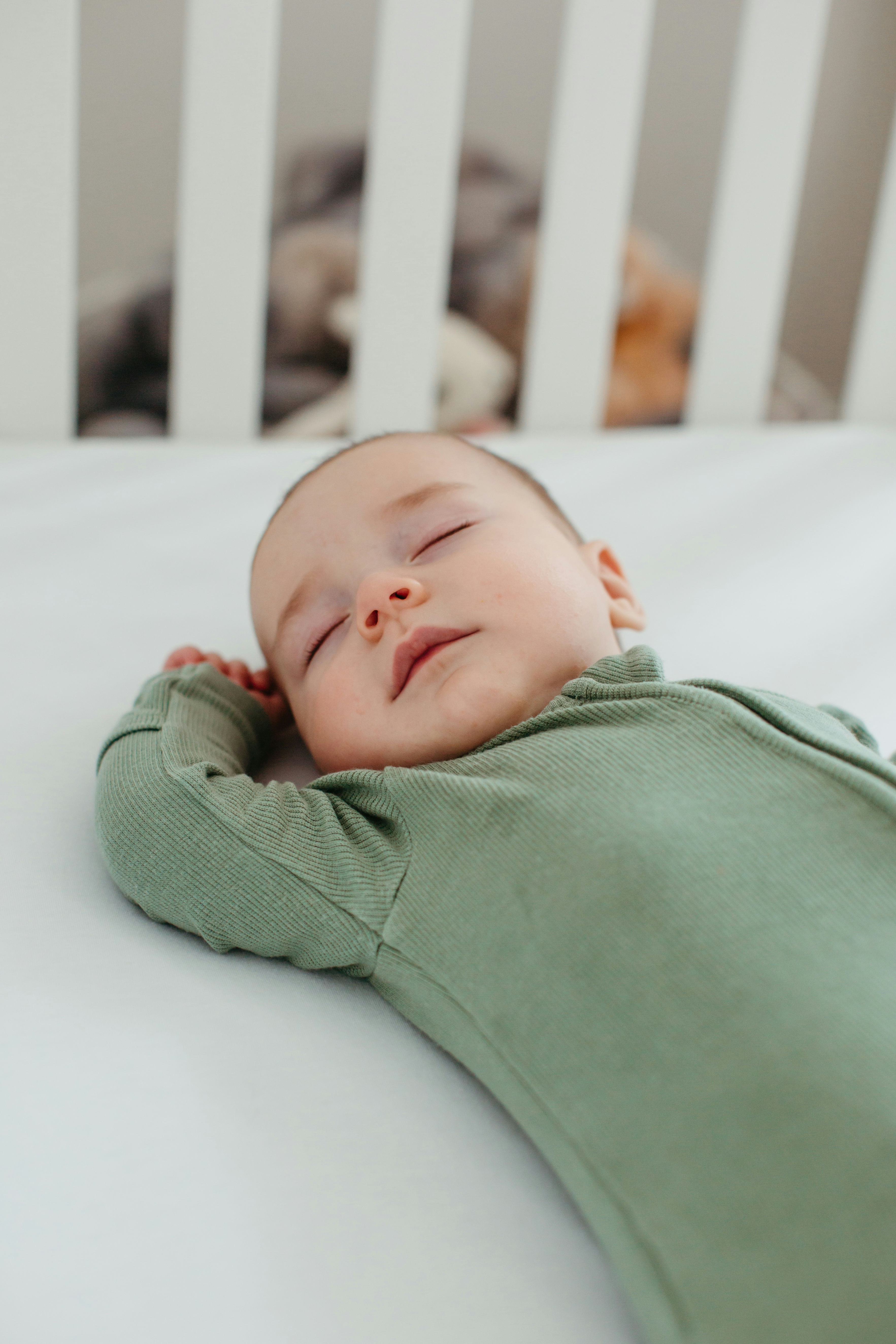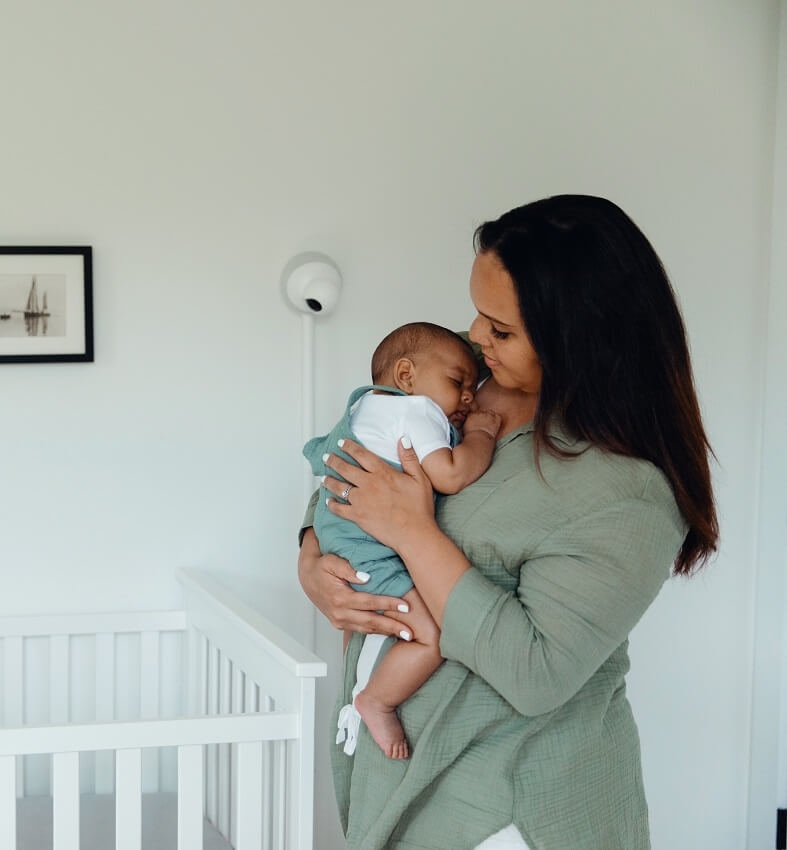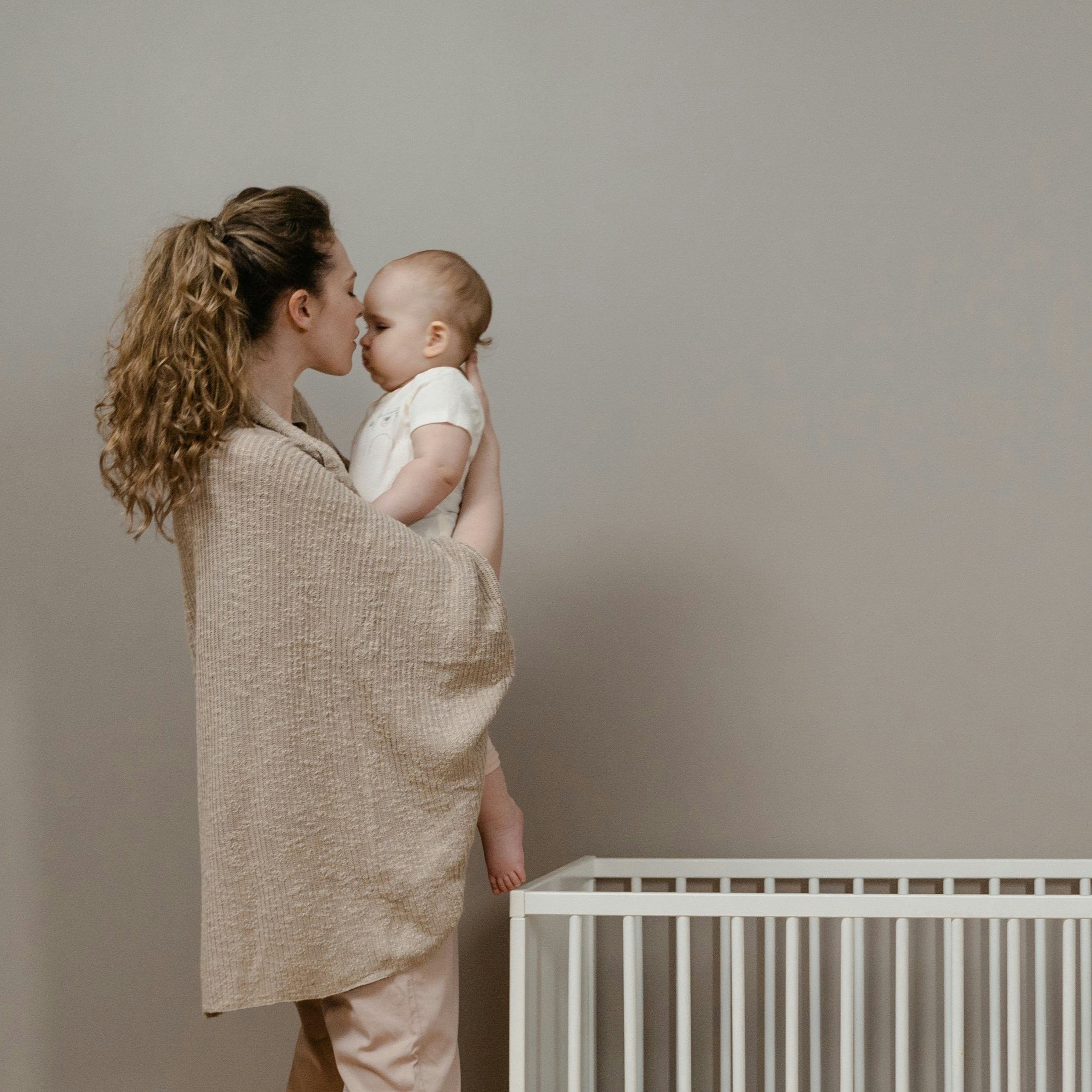4 Tips For Newborn Hygiene
There can be a lot to remember when it comes to your new bundle of joy's hygiene routine, but our guest blogger Allie Gunderson of All About Littles is here to help. Keep reading for her awesome newborn hygiene tips.
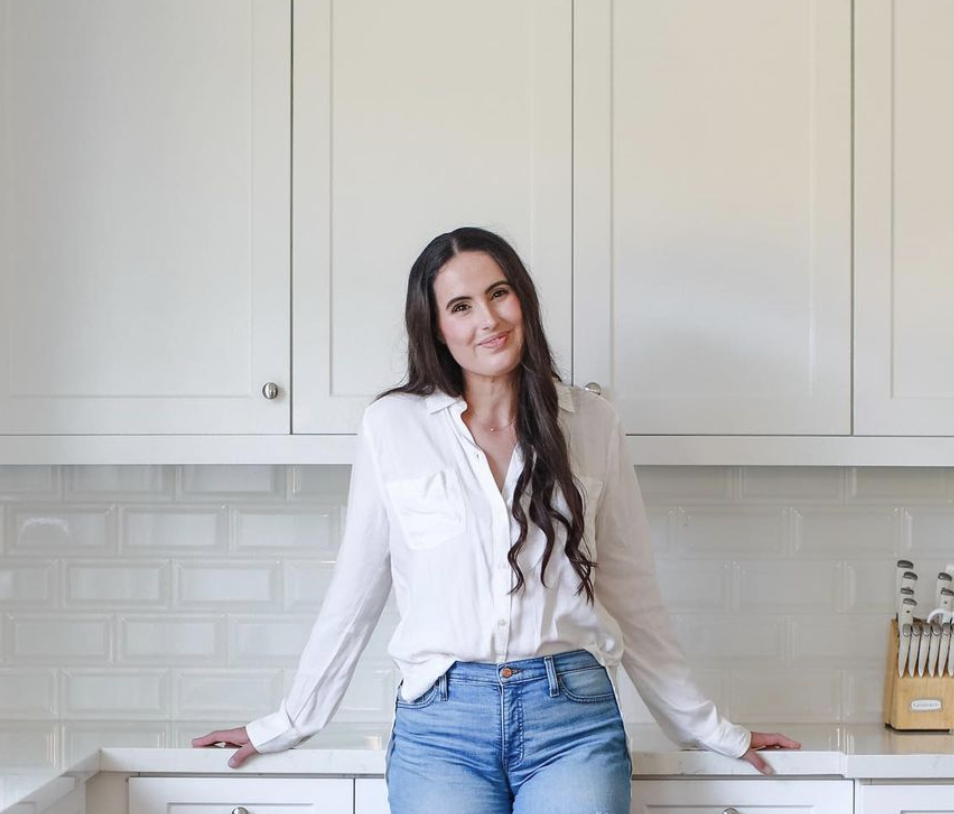
Allie Gunderson
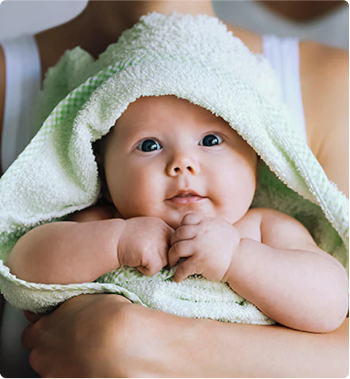
1. Cutting Finger Nails
Cutting your baby’s finger nails for the first time feels incredibly intimidating. Try to wait two weeks if you can before cutting them. If baby has long nails, keep those newborn mittens on baby’s hands so that baby doesn’t scratch their face.
Be mindful to take off the mittens daily and remove any lint build up between fingers. When you cut their nails for the first time, keep in mind the pads of their finger are closely connected to the nail. You want to make sure you’re cutting only nail and no skin. Err on the side of caution and don’t cut them as short as you could. I love the idea of starting off with a nail file first.
If your little one accidentally ends up scratching themselves between nail filings/trimmings, try using some breastmilk on their scratch. Breastmilk has natural antiseptic properties that promote healing.
2. Diapering
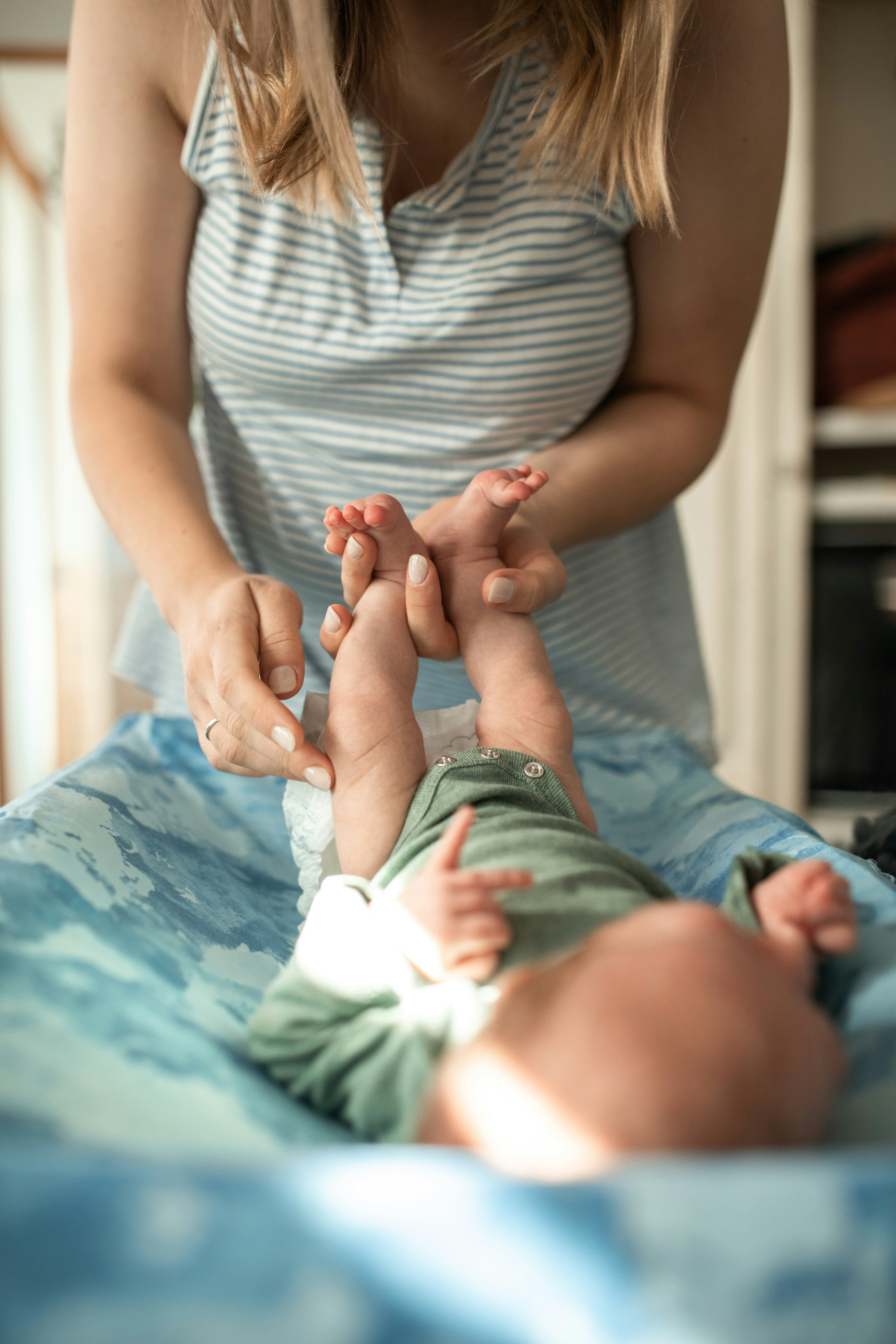
Keeping baby in a fresh diaper is so important. If you know your baby has pooped, change it as soon as they’ve finished. The longer a baby sits in poop, the higher chance a diaper rash will develop and those are a pain in the neck to get rid of. So aim to be as preventative as possible so the booty doesn’t get irritated to begin with. Wipe their diaper region thoroughly. For girl babies especially, make sure you are wiping front to back.
In the beginning, I suggest using a combination of Triple Paste first then Aquaphor (or infant-approved petroleum jelly based product of choice) on the top layer following poopy diapers. Then every other wet diaper add only Aquaphor on the booty. If you forget two diapers in a row to add Aquaphor, no sweat, just make sure to use it with the third diaper. We want to try to prevent irritation and chafing by keeping your little one’s bottom clean and moisturized.
3. Cradle Cap
My first and third babies had cradle cap for a few weeks, it’s common, and passes, but can be one of those things as a parent we question initially if it’s normal.
This is how the Mayo Clinic describes cradle cap, “Cradle cap causes crusty or oily scaly patches on a baby's scalp. The condition isn't painful or itchy. But it can cause thick white or yellow scales that aren't easy to remove. Cradle cap usually clears up on its own in weeks or a few months. Home care measures include washing your baby's scalp daily with a mild shampoo. This can help you loosen and remove the scales. Don't scratch cradle cap."
It is often recommended to use baby-safe oil, like coconut oil, on their scalp before the bath and, “Gently massage the oil into the area that has the flakey, scaly skin of cradle cap.” It’s then recommended to gently brush and wash the scaly patches.
4. Bathtime Routine
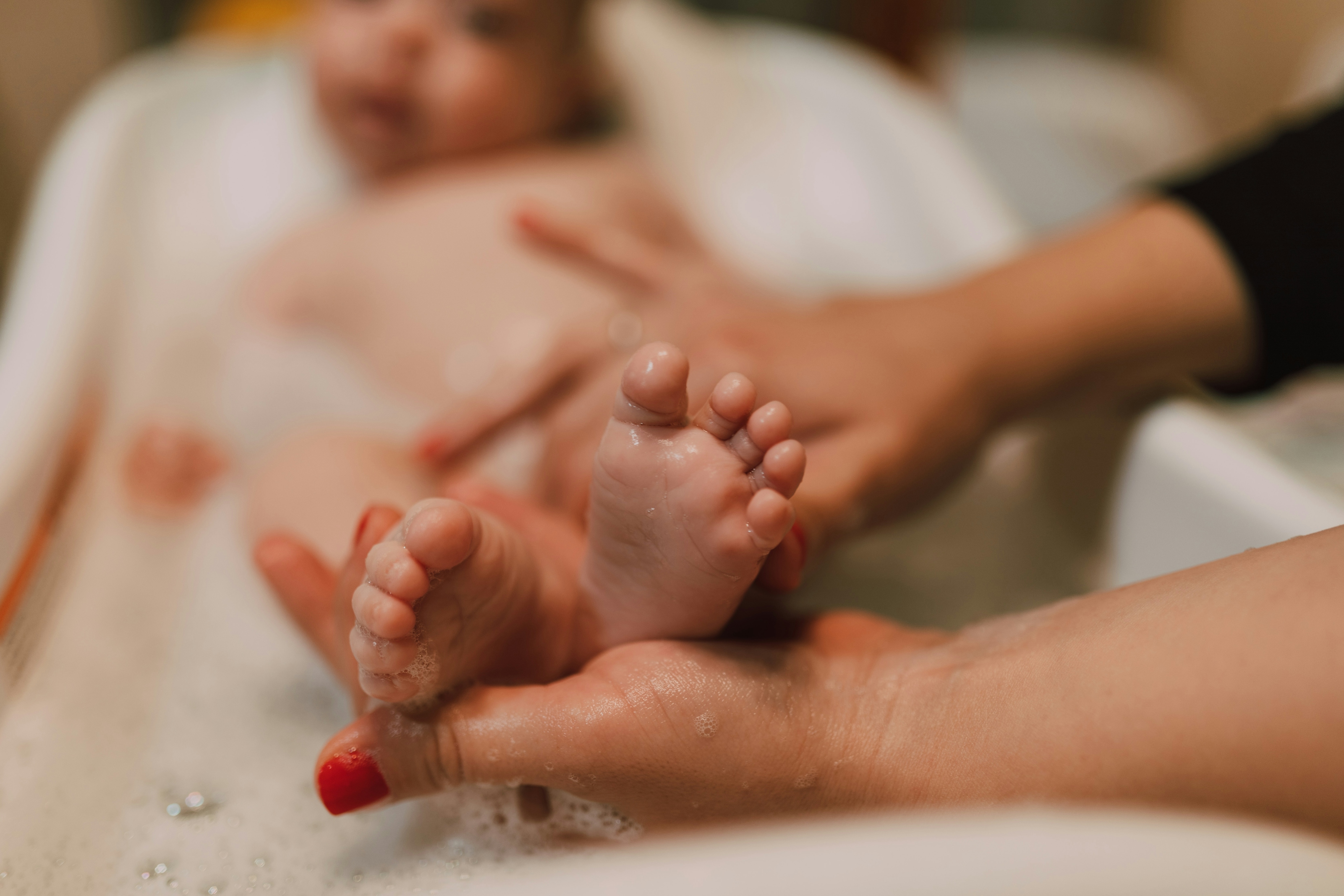
Often times the nurses in the hospital will offer to give your baby their first bath while you watch. I always took nurses up on their offer to bathe baby. Mainly because in the beginning, you need to be cautious of their umbilical cord as it heals.
The nurses and pediatrician will instruct you how to care for your baby’s umbilical cord. Essentially, you want to sensitively avoid that area and keep it clean and dry while it heals and you wait for the excess umbilical cord skin to fall off. You do not want to try to pull it off, it will fall off when it’s ready. You will want to wait to give your baby their first bath at home until their umbilical cord has fallen off and healed.
I recommend bathing baby in the early evening as a part of your evening routine
or after baby had a big spit up or a huge diaper blowout and needs to be thoroughly cleaned. Have a discussion with your pediatrician about how frequent to bathe your little one, so you dry out their sensitive skin.
When your baby is ready for their first bath, you will want to prepare and gather what you need to bathe baby before starting the bath. You’ll want to have your bathtub set up. I prefer to start with sink baths for newborns with the support of a cushioned bathing insert.
You’ll want to have a towel, shampoo/body wash and rinser placed beside where you’ll bathe baby. Then wherever you’ll dry baby off once they’re bathed, you’ll also want to set up that area for yourself. Here you’ll need a clean diaper, fresh pajamas, and an after bath moisturizer. You’ll want to turn off any ceiling fans and let the room be a few degrees warmer than usual if you run your air conditioning. This is so baby doesn’t get chilled after getting out of the bath.
Before placing baby in the sink water or bath water, make sure the temperature is lukewarm. Test the temperature with the inside of your wrist. You’d rather get it accidentally too cool than accidentally too hot. The first few baths I highly recommend doing alongside your partner so you can both learn together what feels like the right temperature. Using a baby bath thermometer is helpful tool for verifying the correct temperature.
One person will be designated to holding baby in position, and prevent baby from bumping their head on the faucet or get unwanted water in the eyes, nose or mouth. The other parent will wash baby. You want to make sure you thoroughly wash areas lint or grime could collect like under the chin (prime spot for spit up or milk residue to hang out), under their armpits, between their thighs, their bum, and their genitals. The entire bath should run about 3-5 minutes.
Some babies love the bath, others don’t enjoy it right off the bat but will likely grow to like or at least not mind it. A key part of the bath is immediately swooping them out and drying them off after the bath. Once they are warm and in their pajamas, it is a perfect time for a feeding or if they’ve been recently fed, perfect time to cuddle and read books to baby.
Xo,
Allie
*Nanobébé is thrilled to welcome guest bloggers. The views and opinions represented in these blog posts belong solely to the guest blogger and are not the legal responsibility of the company. The owner of this blog makes no representations as to the accuracy or completeness of the information provided by the guest blogger and will not be held liable for any errors or omissions of information nor for the availability of this information.

Allie Gunderson
Share this post
